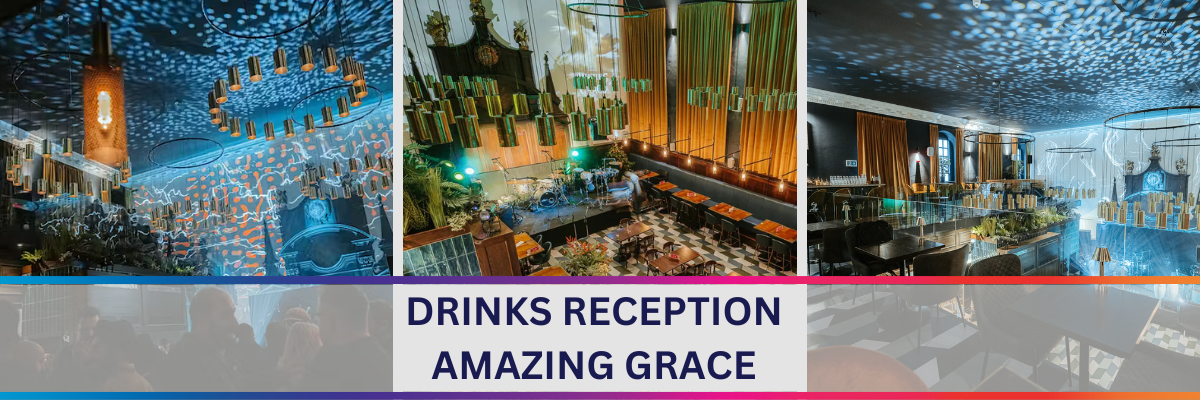
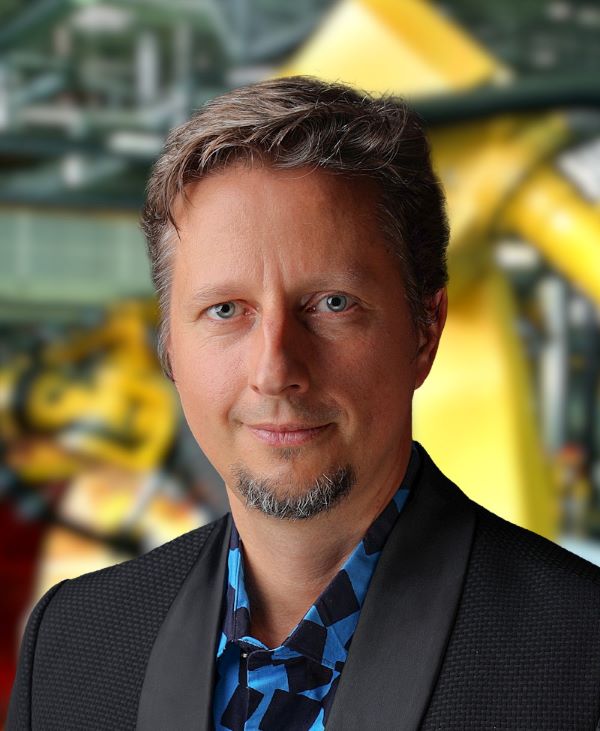

Dr. Ronald Müller boasts over two decades of expertise in the global Imaging market. His passion for the diverse applications of this technology began well before he earned his doctorate in Computer Vision and Machine Learning. Since 2014, Dr. Müller has been driving the growth of ambitious companies in the Imaging industry, worldwide. As Managing Partner of Vision Markets he established the leading management consulting firm with four synergistic service areas: Strategy, M&A, Marketing, and Recruitment.
In addition to his consultancy work, Dr. Müller is an active contributor to the global vision community. He is a sought-after speaker at industry conferences, a regular author in trade publications, and serves on the Board of Directors of the EMVA, the Advisory Board of the Image Sensors conference, and several innovation award juries.
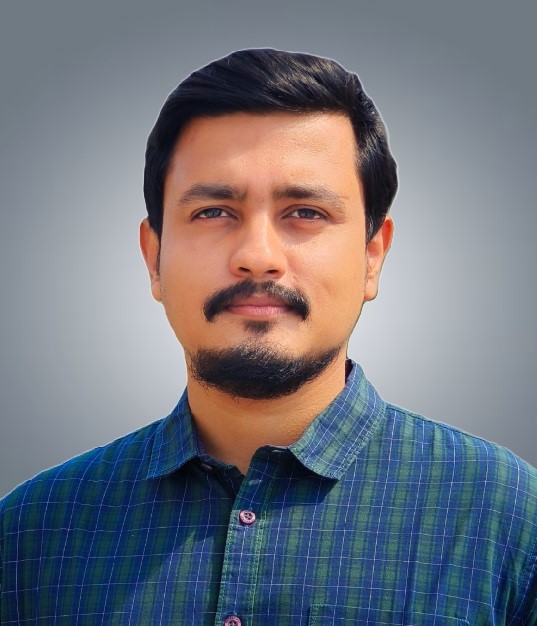

Jeffrey Mathews is a Senior Analyst in the Semiconductor and Component markets. At TechInsights, Jeffrey is responsible for creating and driving research products across multiple component domains, scaling business unit revenues, and ensuring industry visibility. His expertise in market analysis and research is widely respected in the industry and his insights on the smartphone component technology market are highly valued by clients. His research focuses on components reliant on semiconductor technologies including image sensors, display panels, memory chips, and battery cells. He has a passion for researching these continuously evolving market landscapes and uncovering trends that influence technology growth. Prior to joining TechInsights, Jeffrey worked for International Data Corporation, where he was responsible for researching and analyzing the personal computing devices domain while providing market insights to clients and media.
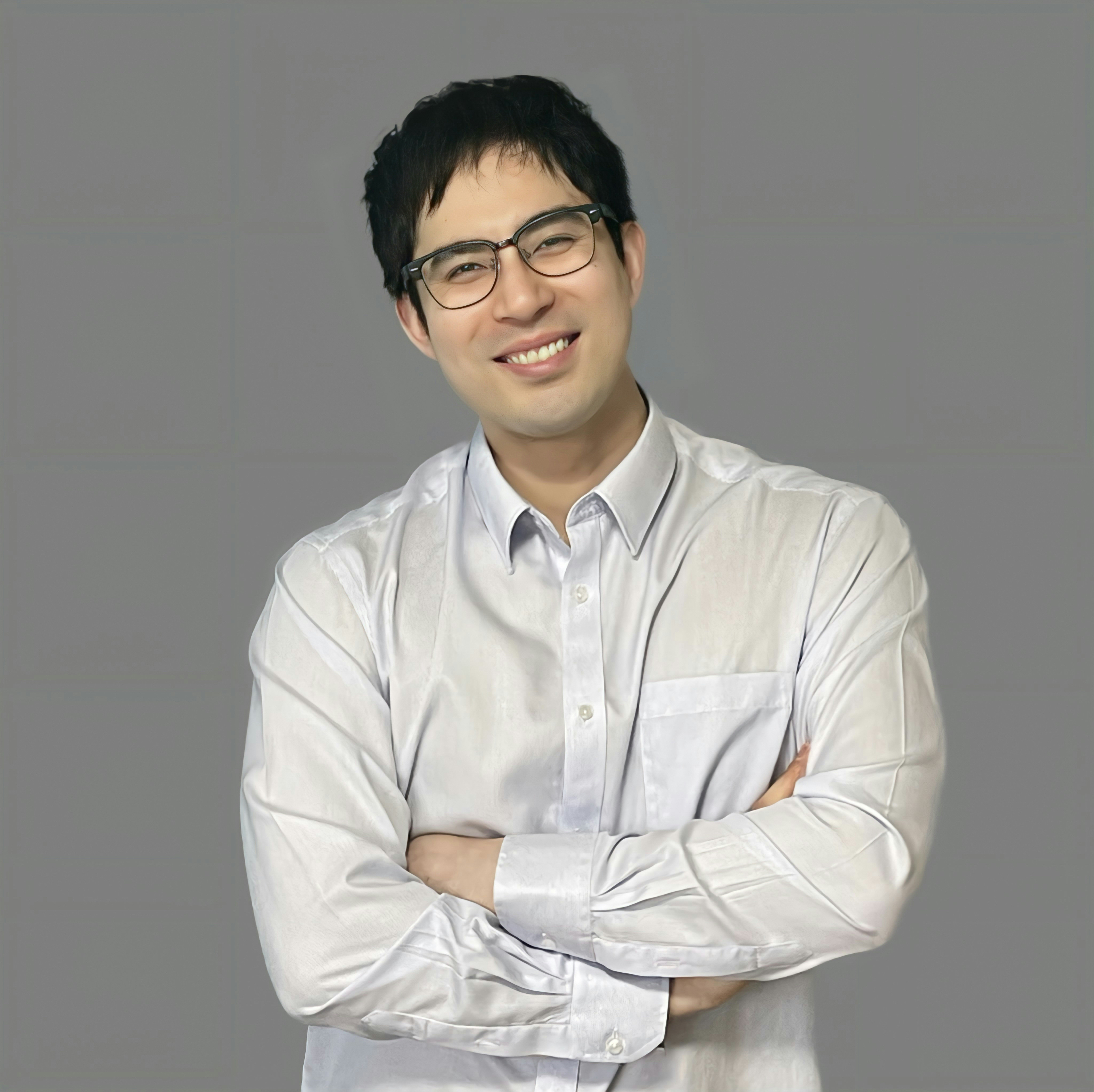

Heming Wei works at X-FAB as a technical marketing manager for optical sensors. He has a master’s degree with major in physics from the Université Paris-Saclay, France. Prior to joining X-Fab he worked at TSMC and ams OSRAM, among others. Heming has engaged in multiple domains including R&D, process development and marketing, and has amassed close to 15 years’ experience in the semiconductor industry.


Albert Theuwissen was born in Maaseik (Belgium) on December 20, 1954. He received the degree in electrical engineering from the Catholic University of Leuven (Belgium) in 1977. His M.Sc. thesis work was based on the development of supporting hardware around a linear CCD image sensor.
From 1977 to 1983, his work at the ESAT laboratory of the Catholic University of Leuven focused on semiconductor technology for linear CCD image sensors. He received the Ph.D. degree in electrical engineering in 1983.
In 1983, he joined the Micro Circuits Division of the Philips Research Laboratories in Eindhoven (the Netherlands) as a member of the scientific staff.
In 1995, he authored the book "Solid-State Imaging with Charge-Coupled Devices". This work is still considered as one of the main textbooks in the field of solid-state imaging. In 1998 he was nominated as an IEEE distinguished lecturer.
In March 2001, he became part-time professor at the Delft University of Technology, the Netherlands.
In April 2002, he joined DALSA Corp. to act first as the company's Chief Technology Officer and later as the Chief Scientist of DALSA Semiconductors.
In 2008 Albert Theuwissen received the SMPTE's (Society for Motion Pictures and Television Engineers) Fuji Gold Medal for his contributions in research, development and education in the field of solid-state image capturing.


As a dedicated "Principal" ZEISS expert, Markus Cappellaro follows the trends in image sensors technology from the customer and user perspective for a wide range of applications in light microscopy. It stretches from documentation in routine applications to scientific imaging at the highest level. This is his basis for his many years as product manager for digital camera systems at Carl Zeiss Microscopy, where he is responsible for a complete digital camera portfolio. He holds a degree in Electrical Engineering and Information Technology from the Technical University of Munich and loves sports fencing as one of his favorite pastimes because, like his job, it requires precision, speed and strategy.
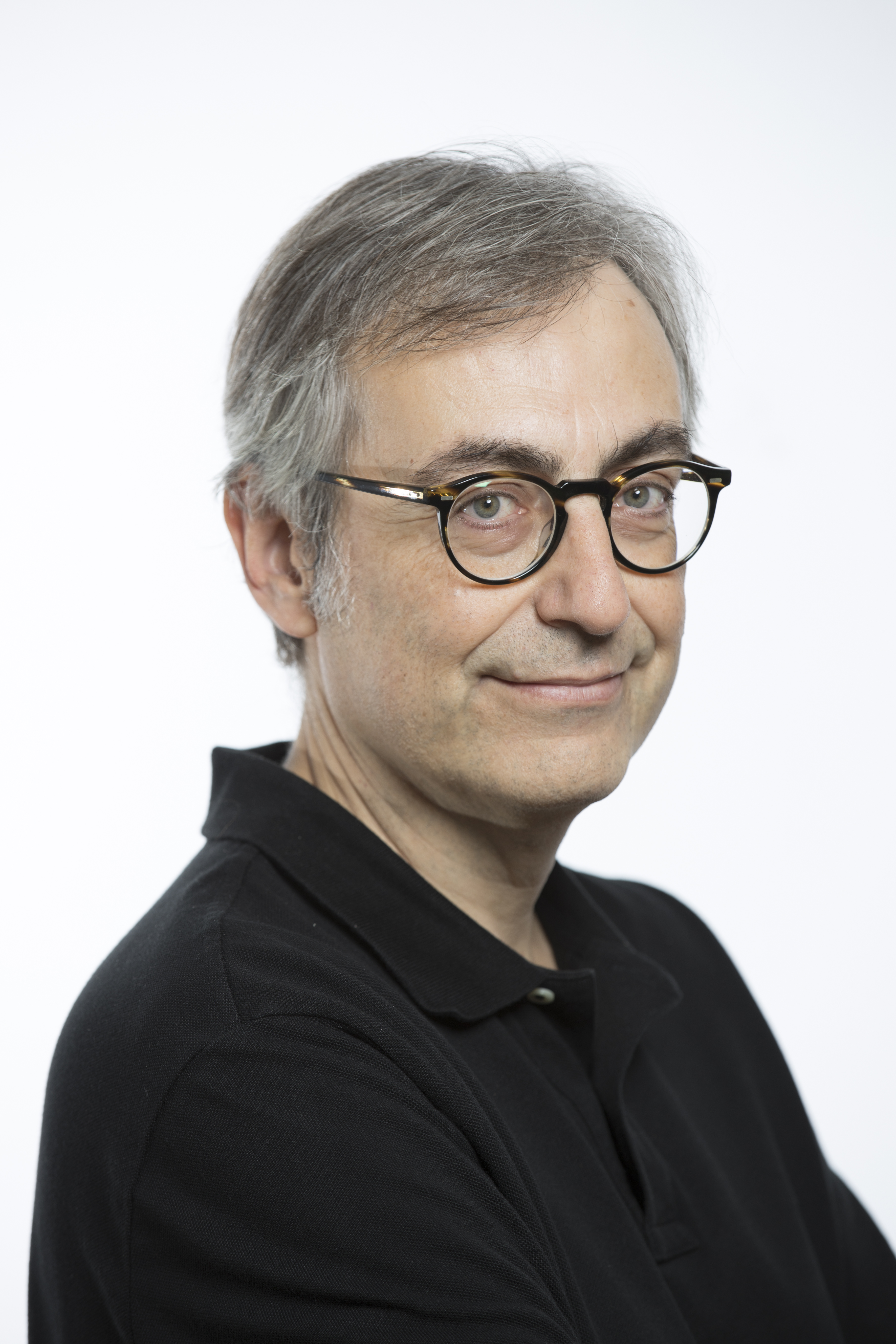

David Castrillo is an Electronic Engineer who joined Hamamatsu Photonics in 1993. He managed the Spain-Portugal office and got experience selling all kinds of Hamamatsu Products, including image sensors, cameras and full systems oriented to biomedical research. Two years ago, he joined the Corporate Venture Capital group of Hamamatsu Photonics and today he leads the European operations.
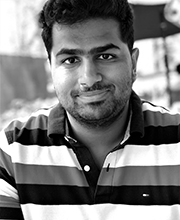
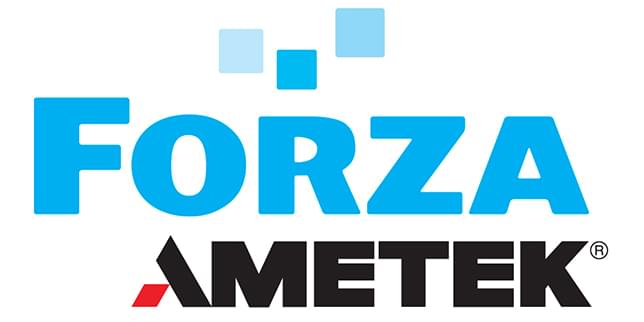
Abhinav Agarwal is currently a Member of Technical Staff with Forza Silicon (Ametek Inc.) and was instrumental in recently establishing a Forza India design center in Bangalore. He is a technical lead for various CMOS image sensors chips designed at Forza Silicon in applications ranging from cinematography, automotive and biomedical. As a lead author, he has presented papers at several prominent conferences like the International Image Sensor Workshop (IISW), IEEE VLSI Symposium on Circuits and Technology. He received the best student paper award at the IEEE Custom Integrated Circuits Conference in 2020. Abhinav is also passionate about improving the design and verification flows related to CMOS Image Sensors and has presented multiple collaborative articles with Siemens EDA at the Design Automation Conference (DAC). Prior to his role Forza, Abhinav was graduate researcher at Caltech working in implantable medical devices resulting in several US patents.
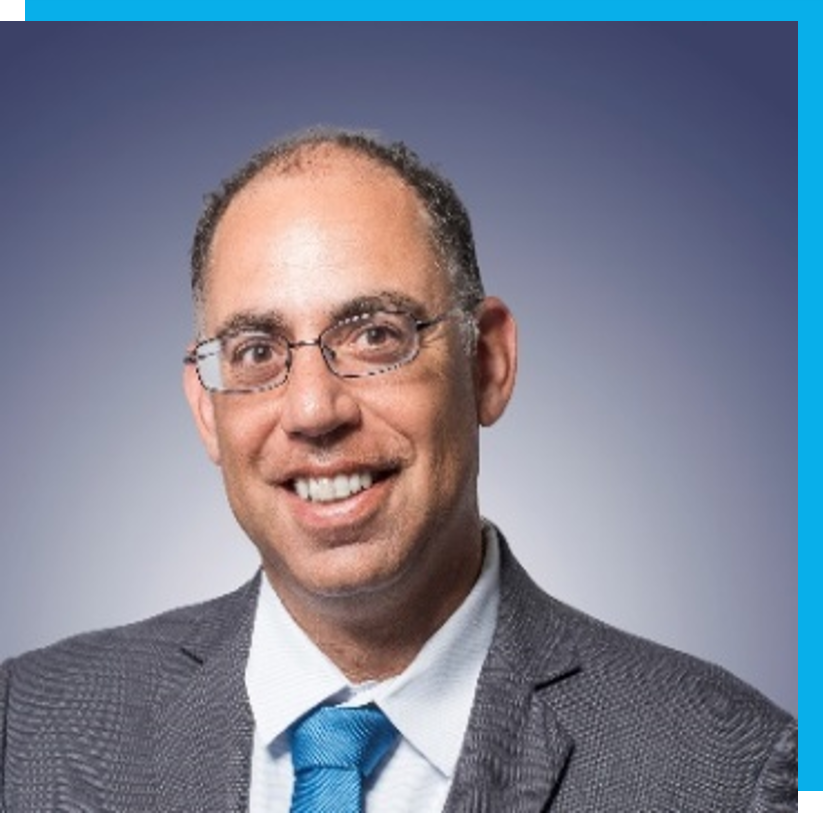
Dr. Assaf Lahav received his Ph.D. from the Electrical Engineering Department at the Technion – Israel Institute of Technology. In 2021, he joined Gpixel as Vice President of Pixel and Advanced Technology. Prior to this, Dr. Lahav held several engineering roles at Tower Semiconductor, where his last role was responsible for worldwide CMOS image sensor technology development.
With over 20 years of experience in pixel development and CIS technology, Dr. Lahav has authored numerous papers and holds many patents. His research focuses on DSLR and cinema pixel technologies, high frame rate imaging, and low-noise global shutter pixels.
Dr. Lahav has served as a TED editor, a technical committee member for IISW, and a member of the IEDM committee. He has been recognized for his contributions to the field with several awards, including being named a Tower Semiconductor Fellow in 2018


Dr Renato Turchetta received the M.S. degree in Physics from the University of Milan (Italy) in 1988 and the Ph.D. from the University of Strasbourg (France) in 1991. In 1999 he joined the Rutherford Appleton Laboratory in the UK. In 2001 he founded a design group developing custom CMOS image sensors (CIS). With his team he developed the first CIS product for electron microscopy, a 16Mpixel, rad-hard sensor, as well as a global shutter, 5 million frames per second, megapixel CIS. In 2014 he co-founded Vivamos Ltd., a spin-off set up with the goal to commercialise his 6.7 Mpixel, wafer-scale, video rate CIS. He was executive director of the company until the end of 2016. In 2017 he co-founded IMASENIC, where he is the CEO. Renato is member of the Advisory Board of the Image Sensors Europe conference since 2011. He also authored or co-authored over 100 papers in peer-review journals and 10 patents.
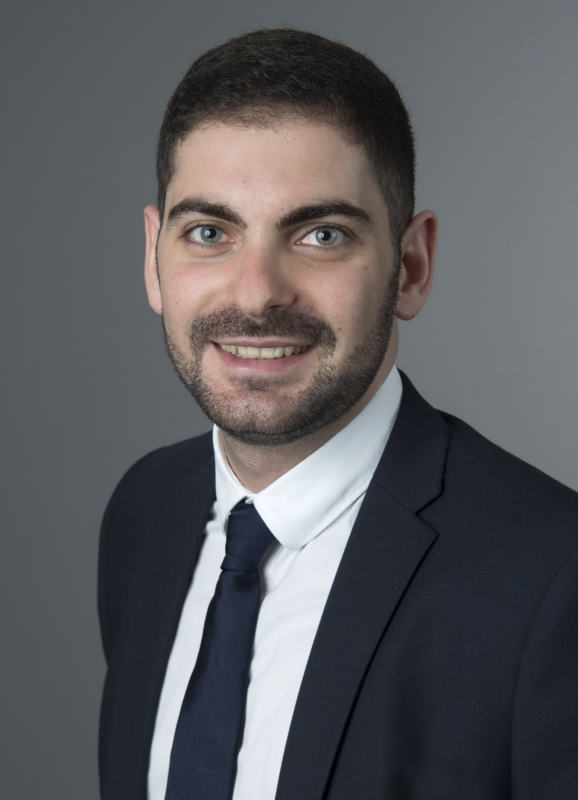

Anas Chalak, is Technology & Market analyst, Imaging at Yole Group. He is a member of the Imaging & Display team, within the More than Moore activities. Anas contributes on a day-to-day basis to follow the imaging technology activity to provide market and technology analysis as well as contributing to the production of relevant reports and projects. Previously, Anas carried out research focusing on the generation of supercontinuum light source in an integrated mid-infrared photonic platform. Later, he worked as a research engineer on the optical optimization of a 3D FMCW lidar system in CEA-Leti, Grenoble, France. Anas obtained a Master’s in Nanoscale Engineering from École Centrale de Lyon, France.


Jens Landgraf is a Sr. Technical Program Manager at Sony Semiconductor Solution’s Europe Design Center in Oslo, Norway – a location specializing in automotive CMOS image sensor design. Until recently, he spent almost a decade in the United States in California and Michigan, working on automotive imaging and sensing solutions at Sony Semiconductor Solutions America, Ambarella Inc and OmniVision Technologies. He led cross-functional teams in successful strategies for high-performance imaging technologies adopted in ADAS and AD applications. Before his tenure in the semiconductor industry, he served several years as a consultant to the BMW Group as subject matter expert for camera technology in Munich, Germany.
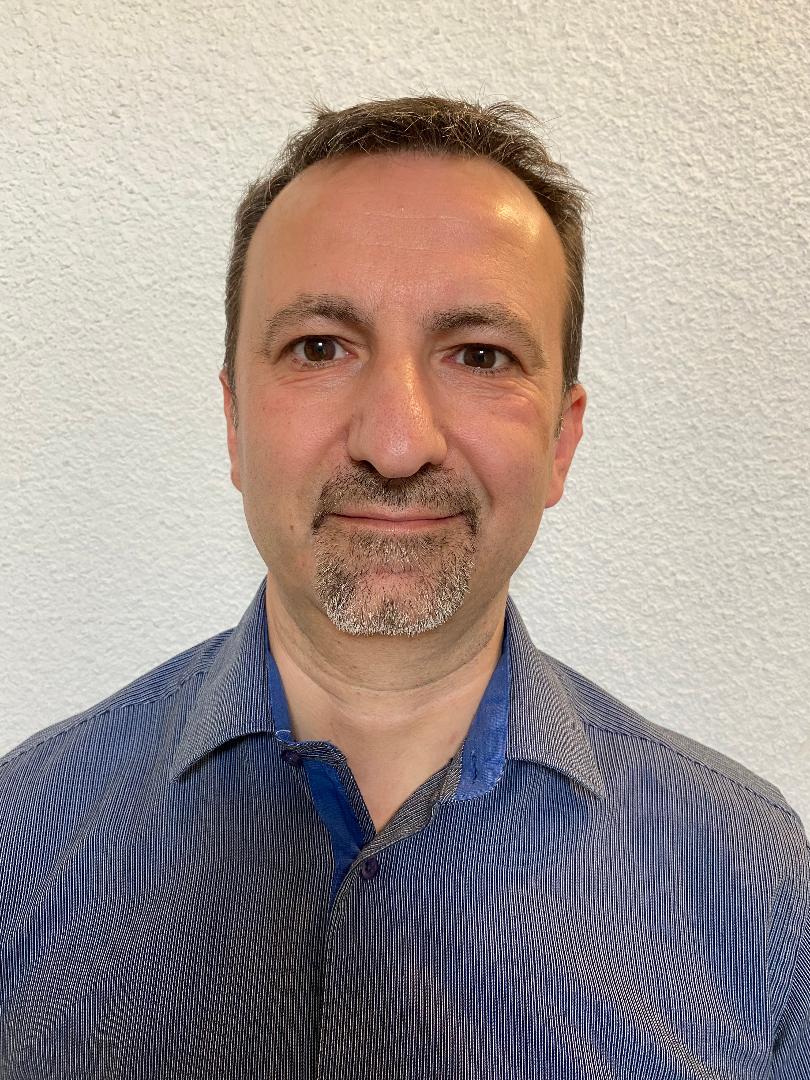

Thierry Lachaud is a CMOS Technologies engineer at STMicroelectronics, specializing in CMOS and Read Out IC technologies for imaging, with over a decade of experience in the field. He has been working at STMicroelectronics since 2000, where he has been involved in the development and support of Analog/RF Process Design Kit and imaging CMOS technologies. Thierry is now the principal technical contact for CMOS technologies for customers at Foundry Business. With his extensive experience and expertise in the field, Thierry is committed to delivering effective solutions that meet the evolving needs of the ST customers
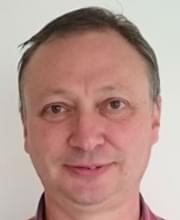

Since 2011, Vladimir Koifman is CTO of Analog Value Ltd. developing new approaches in image sensor design. Prior to that, in 2004, Vladimir co-founded Advasense image sensor company acquired by Pixim, and, later, by Sony. Prior to that, he co-founded AMCC Israel analog design center. In 90s, Vladimir worked for Motorola Semiconductor, developing mixed signal processors for the company's mobile phones. Vladimir has authored 10 papers and received over 50 patents. Among his other activities, Vladimir maintains Image Sensors World blog over the last 10 years.
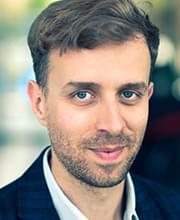

Pawel E. Malinowski received his M.Sc.Eng. degree from the Lodz University of Technology, Poland, in 2006, and his Ph.D. from the KU Leuven, Belgium in 2011. Pawel has worked at imec since 2005 where he is currently Program Manager “Pixel Innovations” and he focuses on disruptive optical sensor technologies, including new types of image sensors enabled by thin-film semiconductor integration. Pawel has coauthored more than 40 publications and submitted 5 patent applications. He was a recipient of the International Display Workshops Best Paper Award in 2014 and the SID Display Week Distinguished Paper Award in 2018. Pawel is Member of IEEE and SID, and served on the ODI Committee of the 64th and 65th IEDM conferences.


Takahiro Koyanagi received his Master’s degree in information electronics engineering from Kanazawa Institute of Technology, Japan in 2009. He joined Panasonic Corporation in 2009, where he initially engaged in the development of organic light-emitting devices as a light source for illumination until 2013. Since 2013, he has been involved in the development of organic photoconductive film (OPF) CMOS image sensors and recently he has been leading the design and development of organic photoelectric conversion units. His team has made five presentations on OPF CMOS image sensors at ISSCC(2016, 2017, 2018) and ISE(2019,2024).
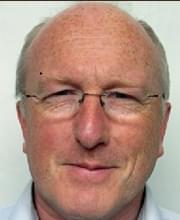

Robert Henderson is a Professor of Electronic Imaging in the School of Engineering at the University of Edinburgh. He obtained his PhD in 1990 from the University of Glasgow. From 1991, he was a research engineer at the Swiss Centre for Microelectronics, Neuchatel, Switzerland. In 1996, he was appointed senior VLSI engineer at VLSI Vision Ltd, Edinburgh, UK where he worked on the world’s first single chip video camera. From 2000, as principal VLSI engineer in STMicroelectronics Imaging Division he developed image sensors for mobile phone applications. He joined University of Edinburgh in 2005, designing the first SPAD image sensors in nanometer CMOS technologies in the MegaFrame and SPADnet EU projects. This research activity led to the first volume SPAD time-of-flight products in 2013 in the form of STMicroelectronics Flightsense series which perform an autofocus assist function in more than 150 different smartphone models, recently passing the 1 billion module milestone. He benefits from a long term research partnership with STMIcroelectronics in which he explores medical, scientific and high speed imaging applications of SPAD technology. In 2014, he was awarded a prestigious ERC advanced fellowship. He is a Fellow of the Royal Society of Edinburgh.
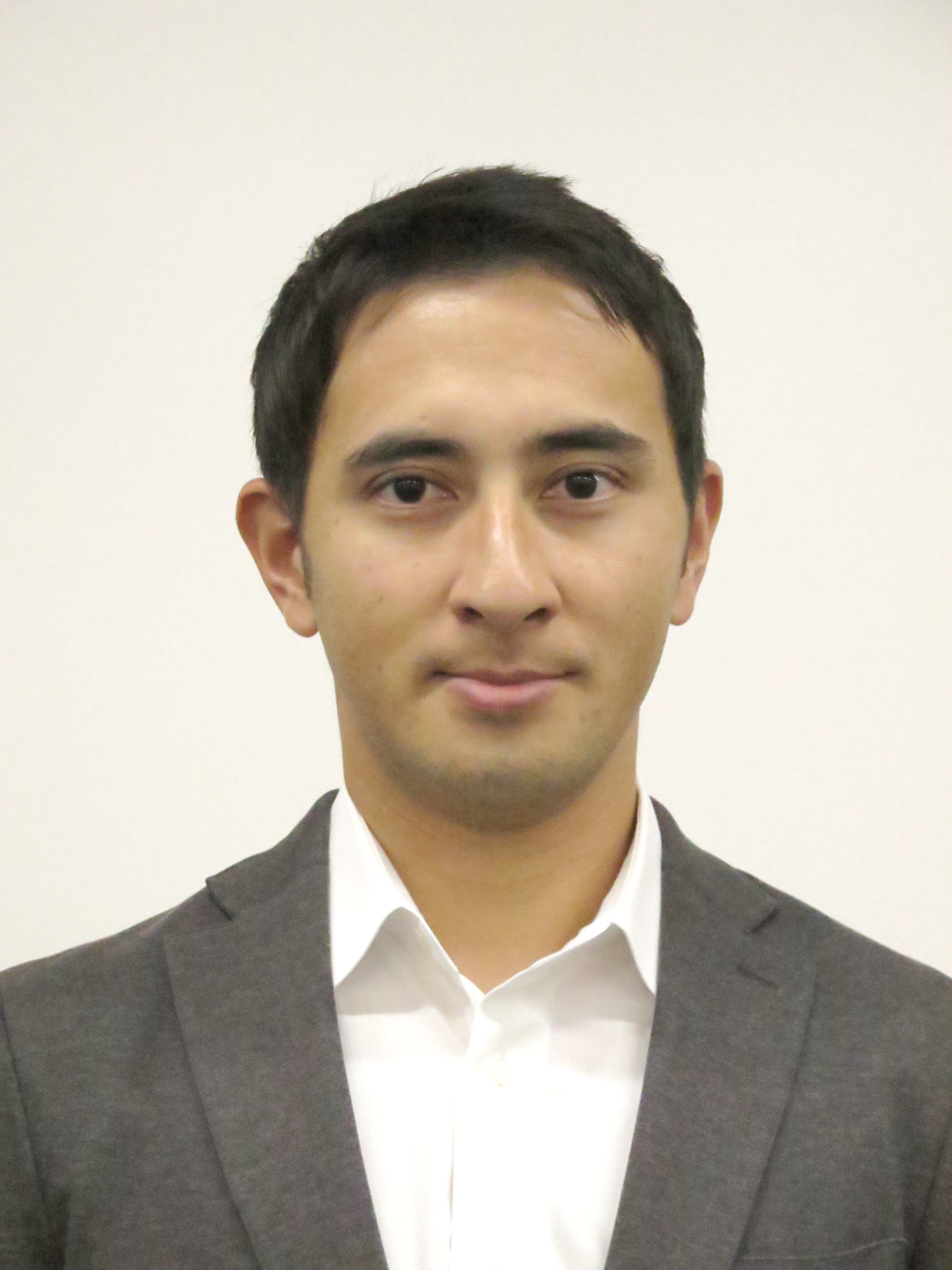

Ayman Abdelghafar received his M.S. in Electronic and Physical Systems from Waseda University in 2018. He joined Canon Inc., in 2018, where he has been engaged in development of SPAD image sensors. He is now a semiconductor
device engineer at the Device Technology Development Headquarters. His interests include SPAD image sensors for low-light level imaging and range gated imaging.
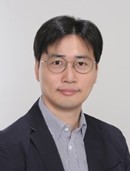
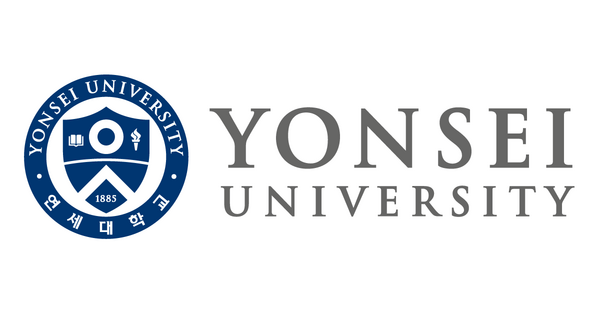
Youngcheol Chae received the B.S., M.S., and Ph.D. degrees from Yonsei University in 2003, 2005, and 2009, respectively. During his Ph D studies, he advanced oversampling ADCs through innovative design techniques including inverter-based amplifiers. From 2009 to 2011, as a post-doctoral researcher at Delft University of Technology in the Netherlands.
He is currently a full professor with Electrical and Electronic Engineering at Yonsei University. After joining Yonsei University in 2012, he leads a Yonsei mixed-signal IC group, focusing on innovative analog and mixed-signal circuits and systems for communication, sensing, and biomedical applications. This has resulted in over 140 peer-reviewed journal and conference papers and holds more than 50 patents. Especially, his research team reported 60+ State-of-The-Art Chips in JSSC, ISSCC, and Symposium on VLSI Circuits.
Dr. Chae has been serving as a TPC member in IEEE Solid-State Circuits Conferences, notably International Solid-State Circuits Conference (ISSCC), Asian Solid-State Circuits Conference (A-SSCC) and Custom Integrated Circuits Conference (CICC). He received the ISSCC 2021 Takuo Sugano Award for Outstanding Far-East Paper, the Best Young Professor Award in Engineering from Yonsei University in 2018, the Haedong Young Engineer Award from IEIE Korea in 2017, the Outstanding Research Award of Yonsei University (2017, 2019, and 2020), and the Outstanding Teaching Awards of Yonsei University (2013 and 2014).
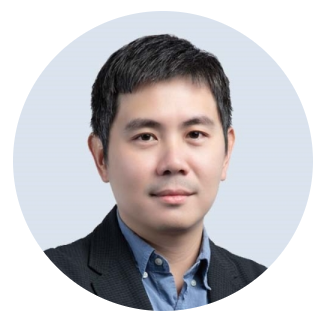
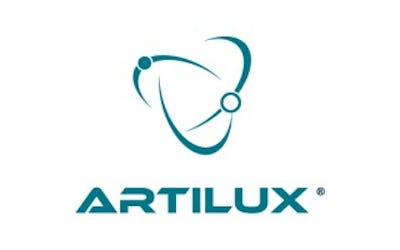
Erik Chen is the Co-Founder and CEO of Artilux, responsible for strategic initiatives, corporate growth, technology-market fit and business development across the globe since its establishment in 2014. He has led Artilux to become the renowned world leader of GeSi photonic technology by growing a team with top talents worldwide to empower continuously technology advancement for multiple growing market segments and successfully landing numerous well-known MNCs as strategic partners and customers.
Prior to co-founding Artilux, Erik was a researcher at Stanford University in the US from 2007 and then joined Intel Labs as a senior research scientist in 2010. He is passionate on exploring novel semiconductor devices including advanced logic, memory and integrated photonic system to identify and demonstrate a comprehensive and compelling technology solution for problems requiring multidiscipline perspectives.
Erik earned both Ph.D. and master’s degrees in Electrical Engineering from Stanford University, and received a bachelor’s degree in Electrical Engineering at National Taiwan University. He holds more than 100 granted and pending patents worldwide and also has authored and co-authored several publications in premier technical journals and conferences, covering heterogeneous integration on CMOS platform, 3D-IC, silicon photonics, GeSi sensing, imaging and more.
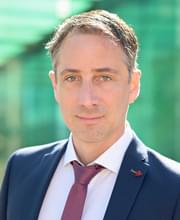

Dr. André Srowig has over two decades of experience in CMOS design and integrated sensors. He has made notable contributions to time-of-flight sensing, including multiple patents in the field. Formerly with Elmos Semiconductor, he worked on advancing automotive LiDAR technology towards solid state scanning and multi-channel laser illumination. In his current role as system engineer at ams OSRAM, Dr. Srowig is focusing on next generation depth sensing product solutions for consumer applications.
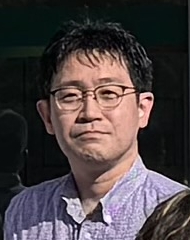

Keiichiro Kagawa received his Ph.D. in engineering from Osaka University, Japan, in 2001. In 2001, he joined the Graduate School of Materials Science, Nara Institute of Science and Technology as an Assistant Professor. In 2007, he joined the Graduate School of Information Science, Osaka University as an Associate Professor. In 2011, he joined Shizuoka University as an Associate Professor. Since 2020, he has been a Professor with Shizuoka University, Hamamatsu, Japan. His research interests cover high-performance computational CMOS image sensors, imaging systems, and biomedical applications.
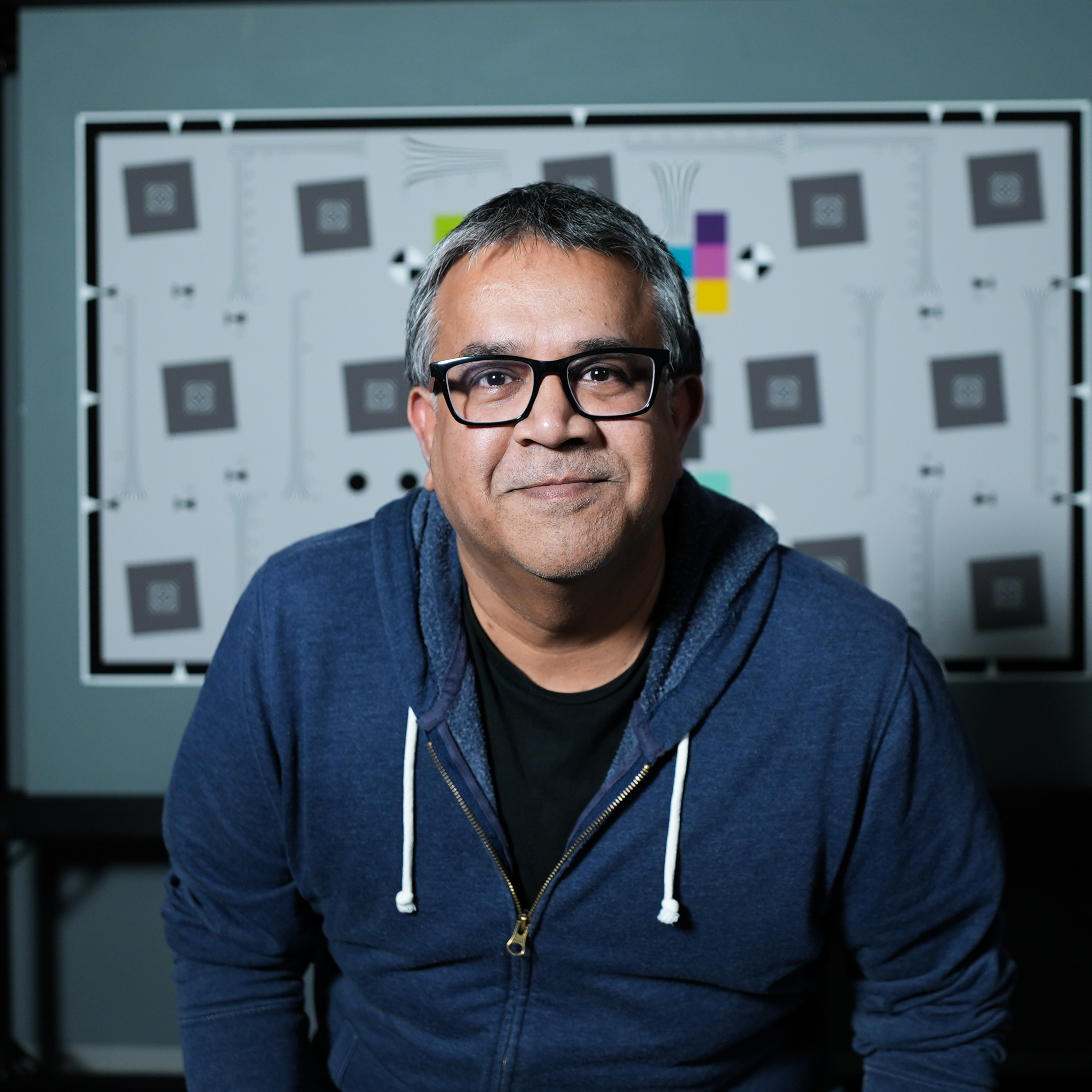

Harish holds multiple degrees in the fields of physics, computer science and engineering. Beginning at Texas Instruments, he advanced to Director of Design in the High Volume Linear Org where his team led sensor designs in the field of Touch Sensing for consumer electronics. Transitioning to Apple in 2014, he contributed significantly to the development of inertial sensors before switching gears and joining the Camera Team. Over the next 6 years, he specialized in the field of 2D and 3D Cameras as a key contributor to features like Face ID and the Lidar Scanner for iPhones.
Currently, Harish serves as Principal Engineer in Cameras & Depth Systems @ Meta Inc. focusing on identifying and integrating sensing technologies for AR and VR applications.
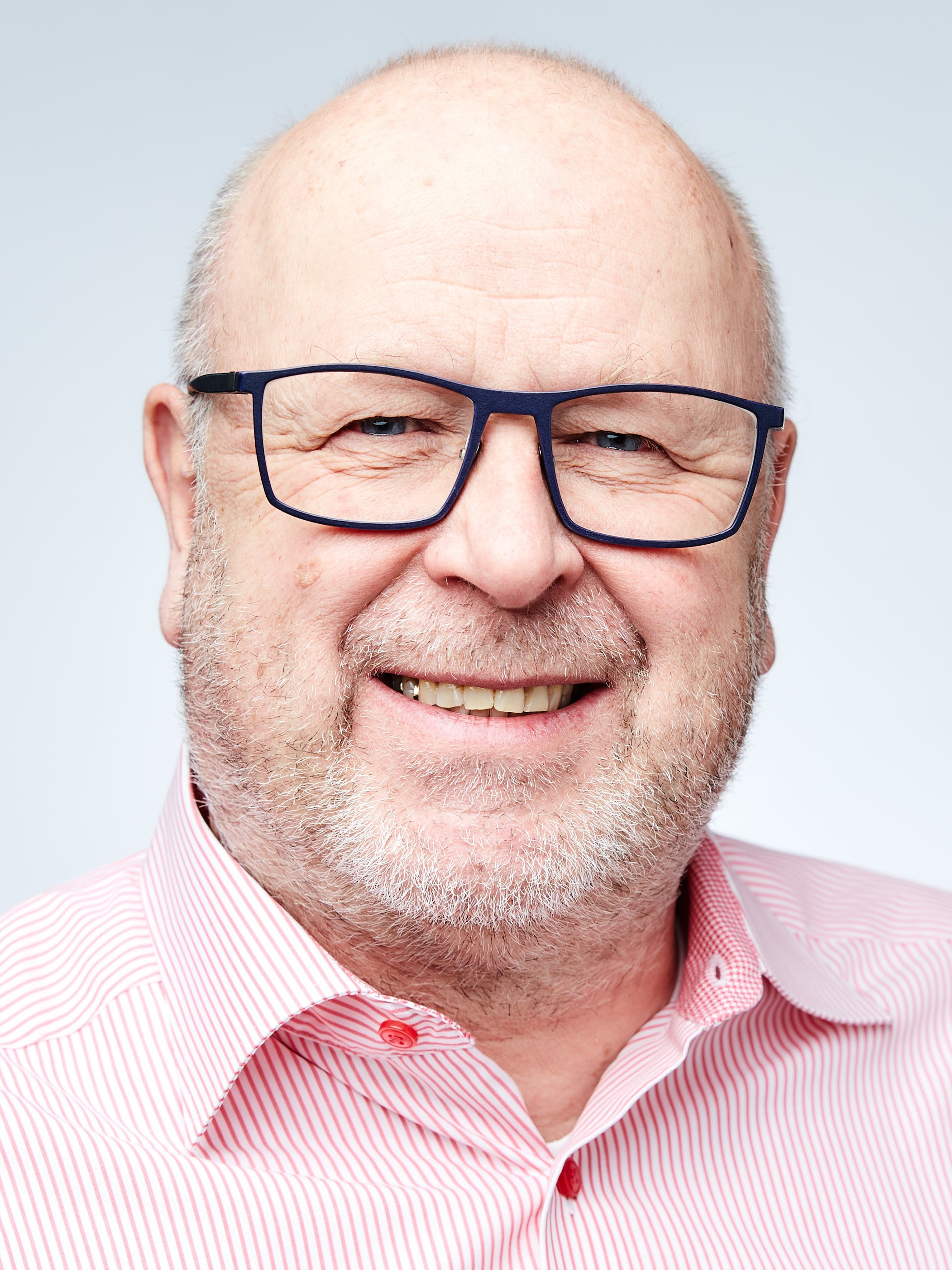
Dirk has been developing and specifying space detectors for more than three decades, since joining MBB in Ottobrunn in 1988 until his retirement from Airbus Defence and Space in Ottobrunn in December 2023.
Throughout his career, he has maintained his fascination with developing sophisticated optical instruments for specific applications.
He is keen to apply his deep understanding of highly specialised detector technologies, coupled with his ability to engage with stakeholders to solve their challenges.
Dirk has been a member of SPIE since March 1995. He received a Dipl. Ing. degree in Photo(graphic) Engineering from the University of Applied Sciences in Cologne in 1988, after studying electrical engineering (1978 - 1983) at the Technical University of Munich, Department of Electrical Engineering.
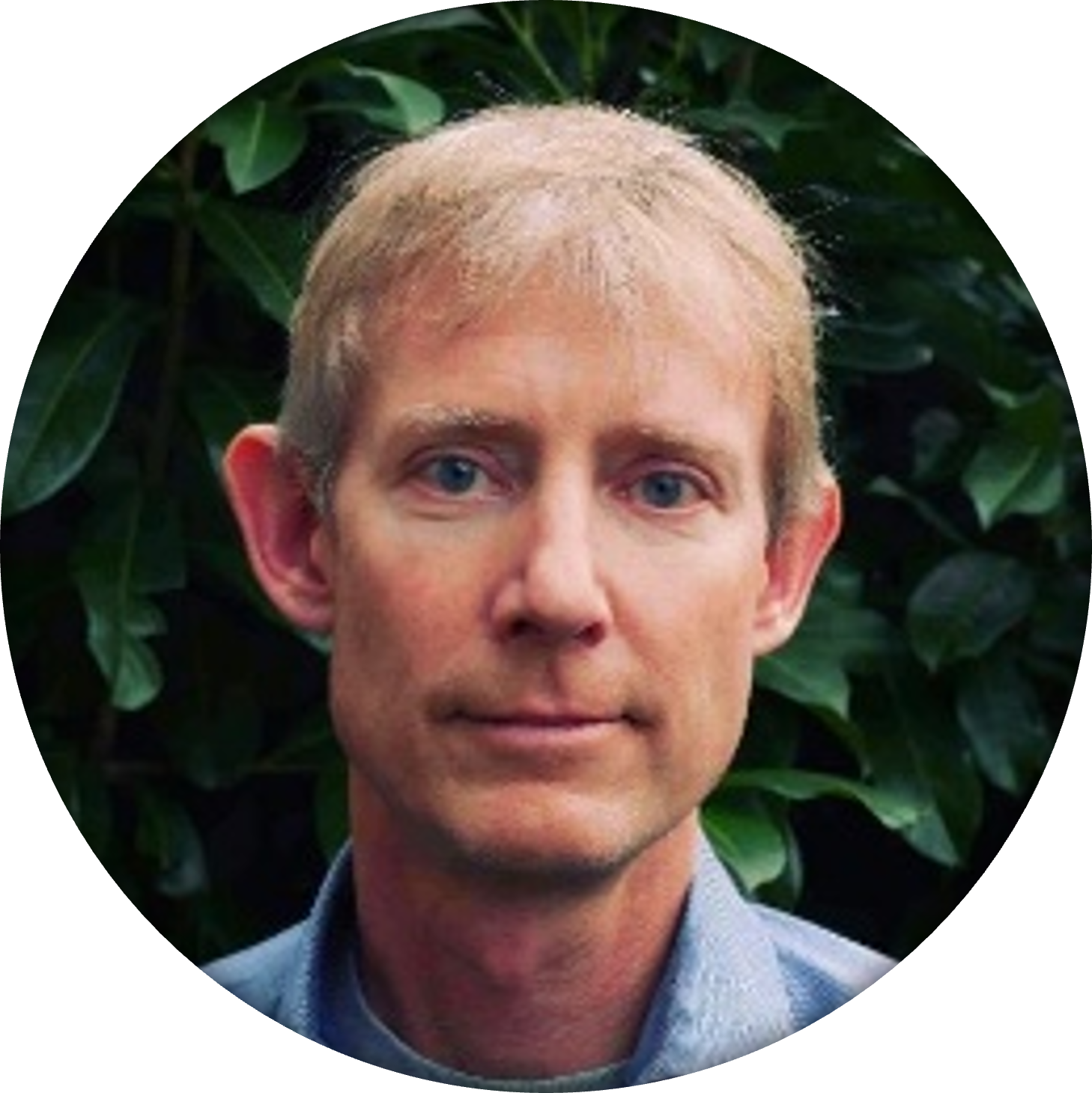

1994-8:PhD Cambridge Uni, Photonics and Microoptics
Since 2020, senior director at AlpsenTek GmbH involved in the design of novel hybrid optical sensors, combining APS image and event sensors.
25 years of experience in the semicon. industry including as CEO, and previously high-voltage group lead and system architect of HMT microelectronic AG.
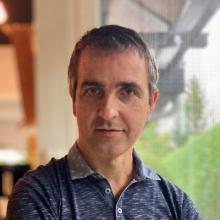
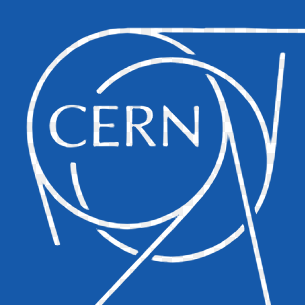
Xavier Llopart is a Microelectronics Engineer in the EP Department at CERN, specializing in hybrid pixel detector ASICs. He earned his Ph.D. in Technology in 2007 from the Universitat Autònoma de Barcelona (Spain) and Mid Sweden University (Sweden). Starting as a research assistant at IFAE (Spain), he joined CERN (Switzerland) in 2000 as a doctoral student and became a staff engineer in 2003. Llopart has led multi-site teams in developing groundbreaking ASICs, including the Timepix and Medipix series, pioneering digital-on-top design techniques, and advancing pixel readout architectures. His work, widely published and cited, has driven innovations in particle tracking applications and imaging, earning him the NIMA Young Scientists' Award in 2007.
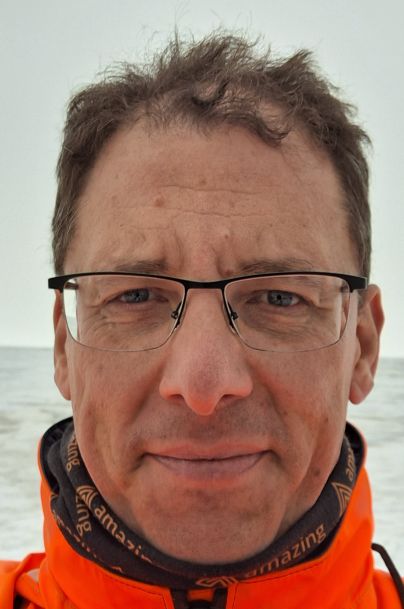
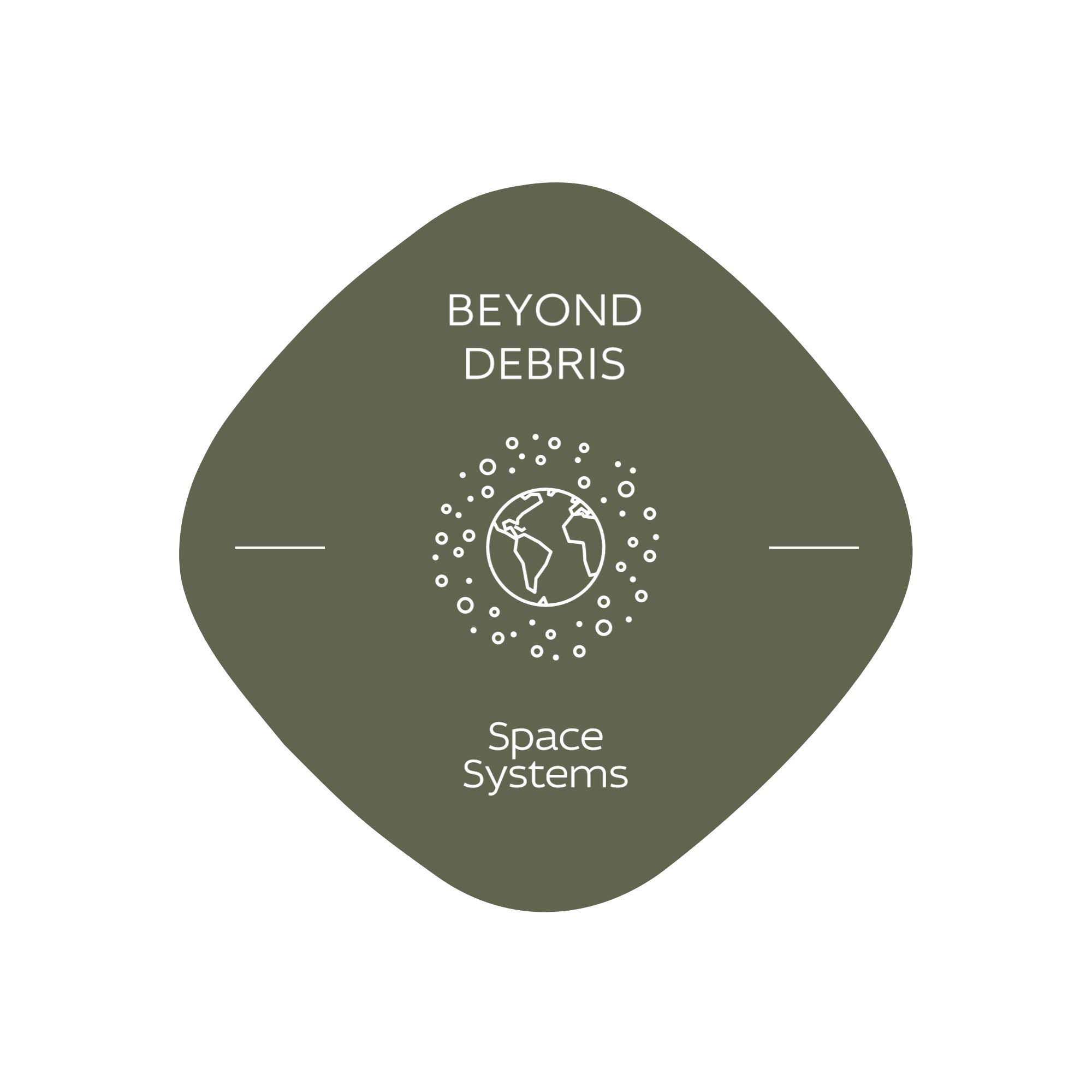
Gerard Vives is he CEO & Founder of Beyond Debris Sàrl in Neuchâtel, Switzerland. He has over 20 years' experience as an electronics and systems engineer in the aerospace industry, both at a large scale integrators or SMEs or even ESA. His main focus are systems engineering, image and data processing, test engineering.
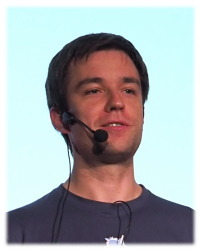

Laurent Pinchart is the founder and CEO of Ideas on Board, a company specialised in delivering camera and display solutions for Linux across all markets. Laurent is an active member in the Kamaros Working Group in Khronos Group. With 20 years of experience as a Linux kernel developer and maintainer, Laurent has driven the design of the Linux kernel camera API and has participated in multiple industry working groups to standardise camera protocols. Most recently, he has started the libcamera® project to give Linux a full camera stack in collaboration with silicon vendors and OEMs.
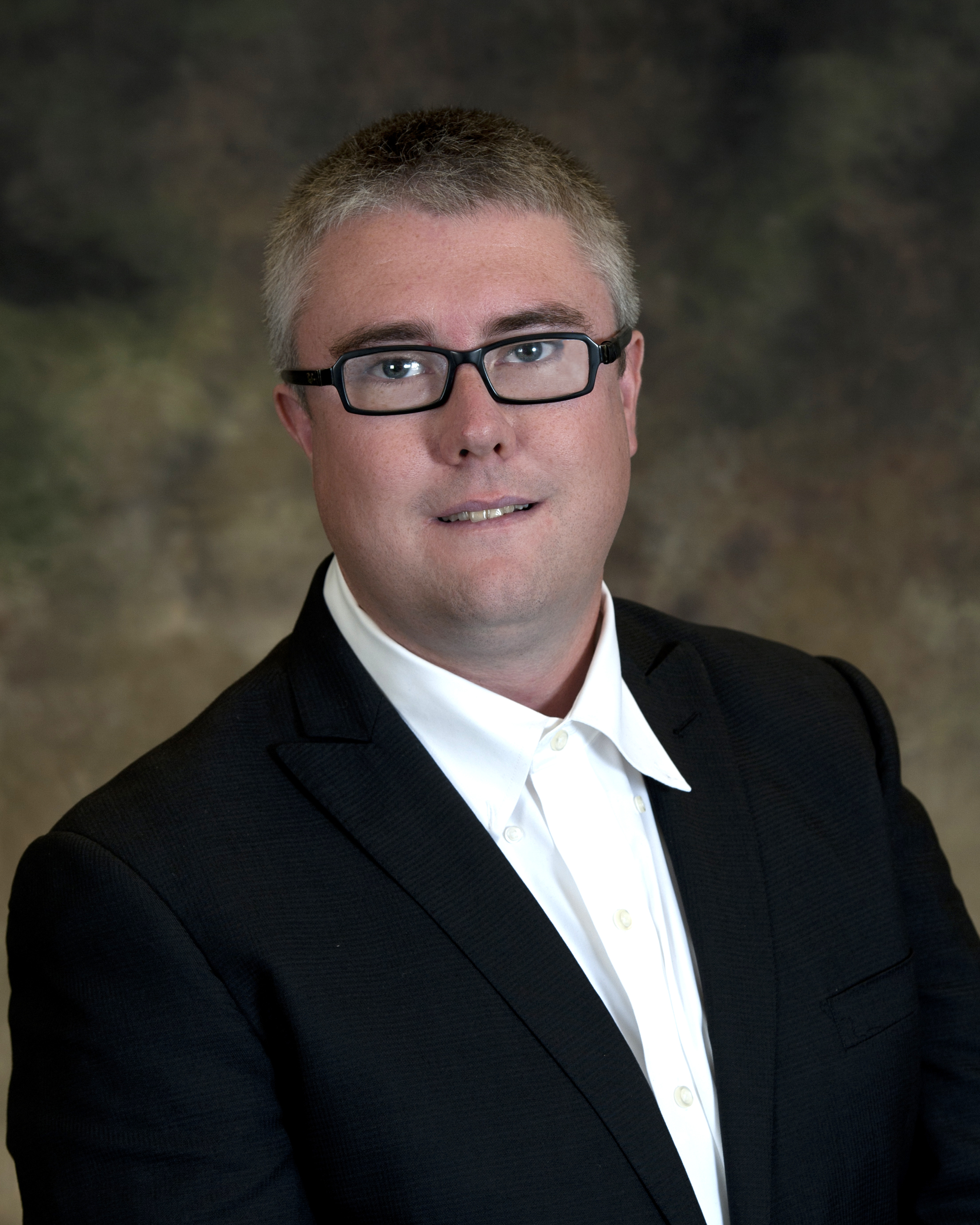
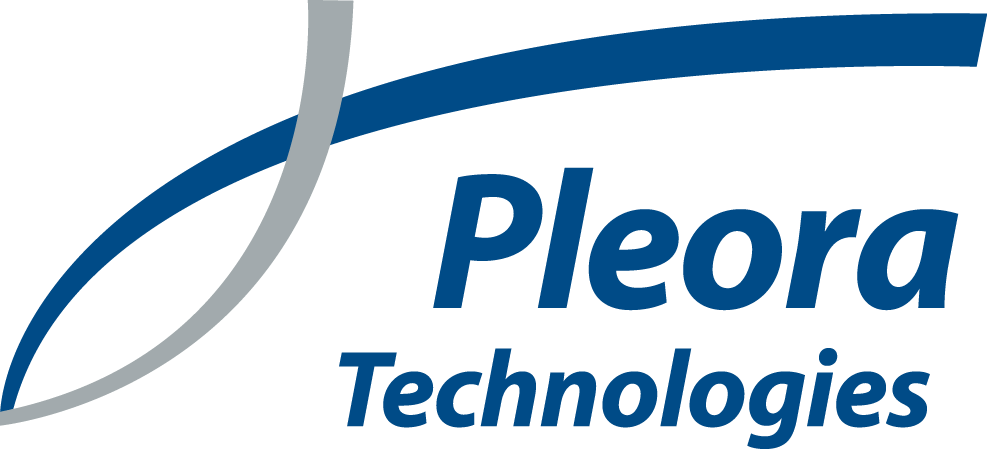
James Falconer has a solid background in engineering and aerospace, with experience in research, teaching, and product management. Currently, James is Product Manager at Pleora Technologies and serves as the Vice-Chair of the GigE Vision Technical Committee at AIA - Advancing Vision + Imaging. Previous roles include being a Senior Field Application Engineer and Production Engineer. James has a Master's degree in Applied Science in Aerospace Engineering from Carleton University.